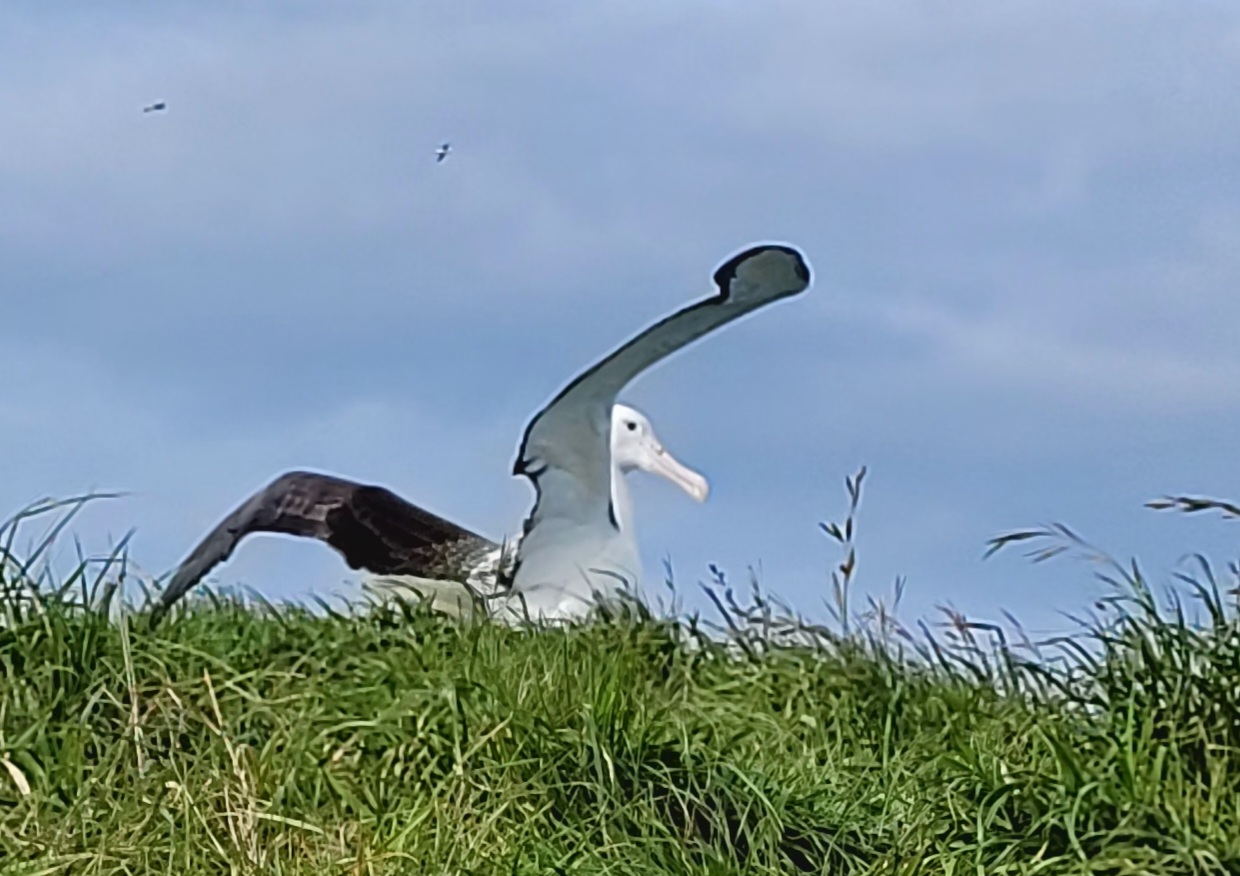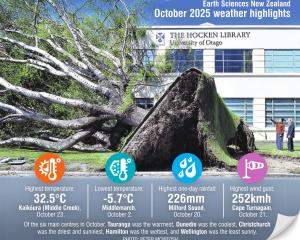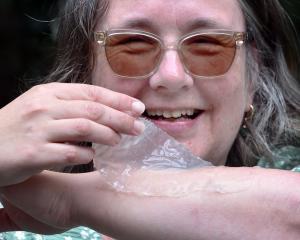
Thirty-three chicks have left the colony at Pukekura/Taiaroa Head in Dunedin and will spend up to a decade at sea.
It follows the Department of Conservation recently introducing GPS trackers, to allow researchers to better record international movements.
Coastal Otago ranger Sharyn Broni said it was a fantastic breeding season, equalling last year for the most chicks successfully fledged in a season.
She told Morning Report a lot of work went into raising the chicks.
"We put many, many hours into the hatching time when they're at their most vulnerable," she said.
"The three staff that are there have to have other rangers come in and help us so we can cover 12 hour days through the month of hatching.
"And then we also had to feed one of the chicks over 100 kilograms in a space of five months. And that's done with the help of the Royal Albatross Centre because it's a two-person job feeding these big birds."
It is really good to see them full-fledged in the end, Broni added.

"With the increasing hot, dry summers, it's one of the biggest causes of death if we don't intervene," Broni said.
And it is only going to get worse, she added.
"It's been a problem that was identified by the early 1990s. And there's been various ways of protecting them from flystrike, including having mint in the nest to repel flies and fly traps set around.
"But we find these days in the last five or six years, putting in the incubator means there is no chance of flies getting in."
Broni said being such long-lived, slow breeders, they could increase their numbers only very slowly.
She said when she started more than 26 years ago, fledging 10 chicks was good.
"I would never have believed back then that we would be fledging consistently over 30 by now."
GPS trackers were taped to the feathers between their wings around a month ago, she said.
"It sends up a signal probably every hour or so to the satellite, which gets sent back to us.
"And yeah, so we can see the trace that they have taken, the direction they have taken across the ocean."
Broni said the chicks who fledged first were now over on the coast of Chile, more than 9000 kilometres away.













